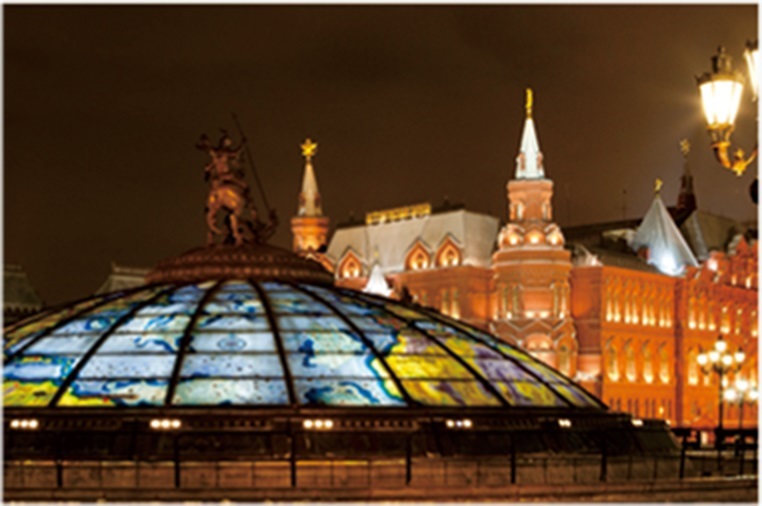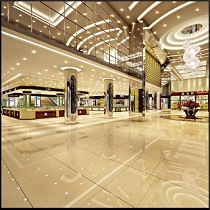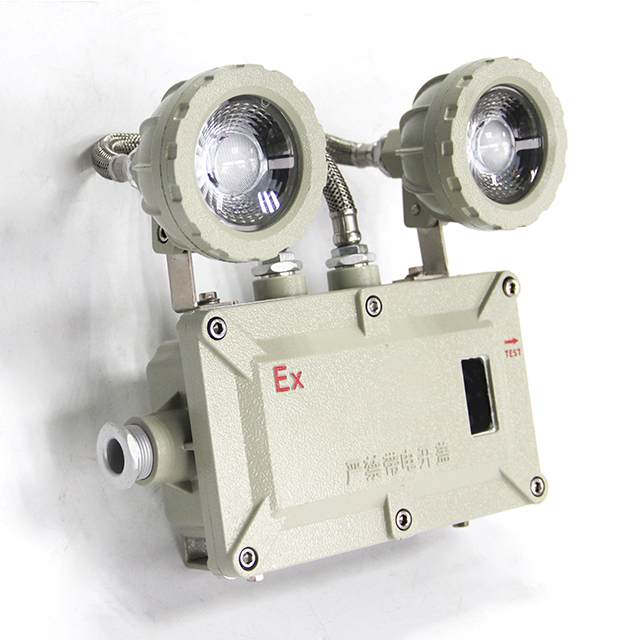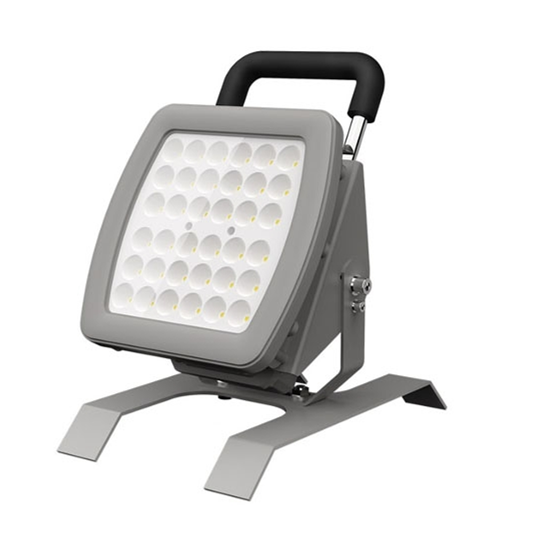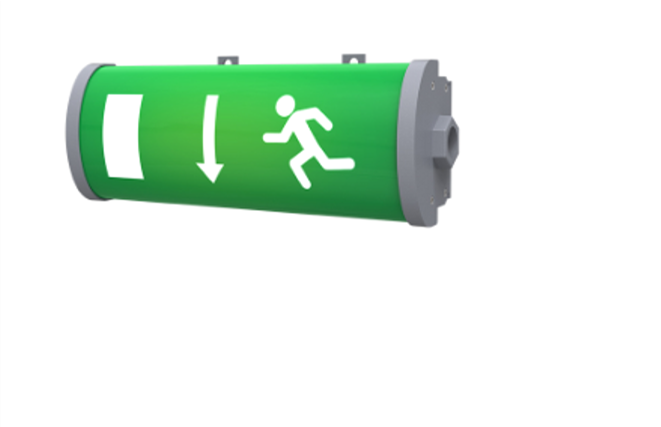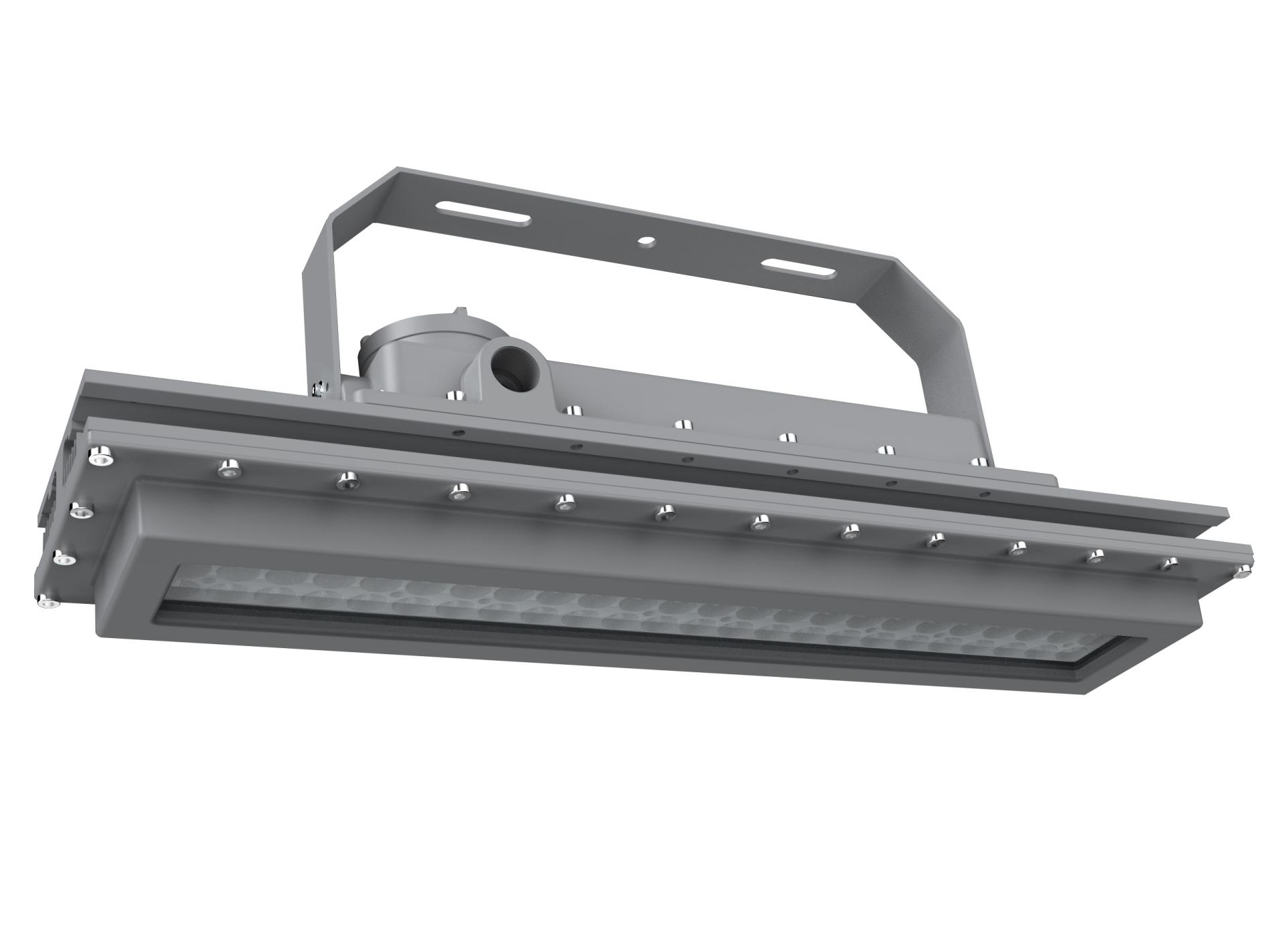LED high bay lights are a popular lighting solution for industrial, commercial, and large-scale spaces due to their efficiency, long lifespan, and brightness. However, one critical aspect often overlooked is heat dissipation. Proper heat management is essential to maintaining the performance and longevity of LED lights, especially in high-ceiling environments where these lights are commonly used. In this article, we’ll dive into why heat dissipation is so important for LED high bay lights and how to ensure your lighting system remains efficient and reliable.
Why Heat Dissipation Matters
While LEDs are known for their energy efficiency and low heat output compared to traditional lighting, they still generate some heat during operation. If this heat is not adequately managed, it can cause significant issues, including:
1. Reduced Lifespan: Heat is one of the leading causes of premature failure in LED lights. Excessive heat can degrade internal components, shortening the overall lifespan of the fixture. Without effective heat dissipation, your high bay lights could experience a drop in performance after just a few months or years of use.
2. Decreased Efficiency: LED lights operate most efficiently when they remain cool. If the temperature inside the fixture rises too much, the light’s brightness can decrease, and it will consume more energy to produce the same amount of light. This reduces the light’s overall energy efficiency.
3. Increased Maintenance Costs: Lights that fail prematurely due to heat buildup need to be replaced more often. This results in higher maintenance costs and the inconvenience of frequent light replacements, especially in large industrial spaces or warehouses.
4. Safety Concerns: In industrial environments, excessive heat can pose safety risks. High temperatures can cause the light fixture to overheat and become a fire hazard, particularly in spaces with flammable materials.
The Role of Heat Sinks in LED High Bay Lights
To prevent heat-related issues, high-quality LED high bay lights are equipped with heat sinks. A heat sink is a component designed to absorb and dissipate heat from the LED chips and other internal components. The heat sink is typically made from materials with high thermal conductivity, such as aluminum, to efficiently transfer heat away from the light’s critical areas.
Why are heat sinks so essential?
Efficient Heat Transfer: Heat sinks maximize the surface area available for heat dissipation, ensuring that the heat generated by the LED is quickly spread out and carried away from the fixture.
Improved Airflow: Many modern heat sink designs incorporate fins or ribbed structures that increase airflow around the fixture. This airflow helps cool the LED more efficiently, improving the overall performance of the lighting system.
Extended LED Life: By keeping the LED components cool, heat sinks extend the lifespan of the light fixture, which is a crucial factor in reducing long-term costs.
Types of Heat Dissipation Systems
LED high bay lights utilize different types of heat dissipation systems, depending on their design and intended use:
1. Passive Heat Dissipation: This method relies solely on the natural dissipation of heat through the heat sink’s surface area. It’s the most common type of heat management in LED high bay lights and is effective for most applications, particularly in environments where the ambient temperature is controlled.
2. Active Heat Dissipation: In more extreme conditions or environments with higher ambient temperatures, active heat dissipation systems are used. These systems incorporate fans or blowers to actively push air across the heat sink, further enhancing the heat dissipation process. This type of system is often found in high-powered or heavy-duty LED fixtures.
How to Choose LED High Bay Lights with Proper Heat Dissipation
When selecting LED high bay lights, it’s important to consider the quality of their heat dissipation system. Here are some factors to look out for:
Material: High-quality LED lights use aluminum heat sinks due to their excellent thermal conductivity. Avoid fixtures made from cheap or less conductive materials that might not dissipate heat as effectively.
Design: Look for heat sinks with ribbed or finned designs. These help maximize airflow around the fixture and increase the surface area for heat dissipation.
Certification: Check for certifications like UL, CE, and RoHS, which ensure that the light fixture meets safety and performance standards, including proper heat dissipation.
Fixture Rating: Consider the IP (Ingress Protection) rating of the LED high bay light, especially if you’re installing the lights in harsh or outdoor environments. A higher IP rating indicates better protection against dust, moisture, and heat.
Conclusion
Proper heat dissipation is crucial for the performance, longevity, and efficiency of LED high bay lights. By choosing fixtures with high-quality heat sinks and understanding how heat management works, you can ensure that your lighting system provides reliable, energy-efficient illumination for years to come. Whether you’re outfitting a warehouse, gym, or industrial space, investing in LED high bay lights with effective heat dissipation is essential to maximizing your lighting system’s potential.
For businesses looking to upgrade their lighting to maximize energy efficiency and safety, adtoledlight offers a range of high-quality LED high bay lights designed with advanced heat dissipation technologies. With their durable construction and energy-saving features, our lights provide a long-lasting, cost-effective solution for any industrial or commercial environment.





